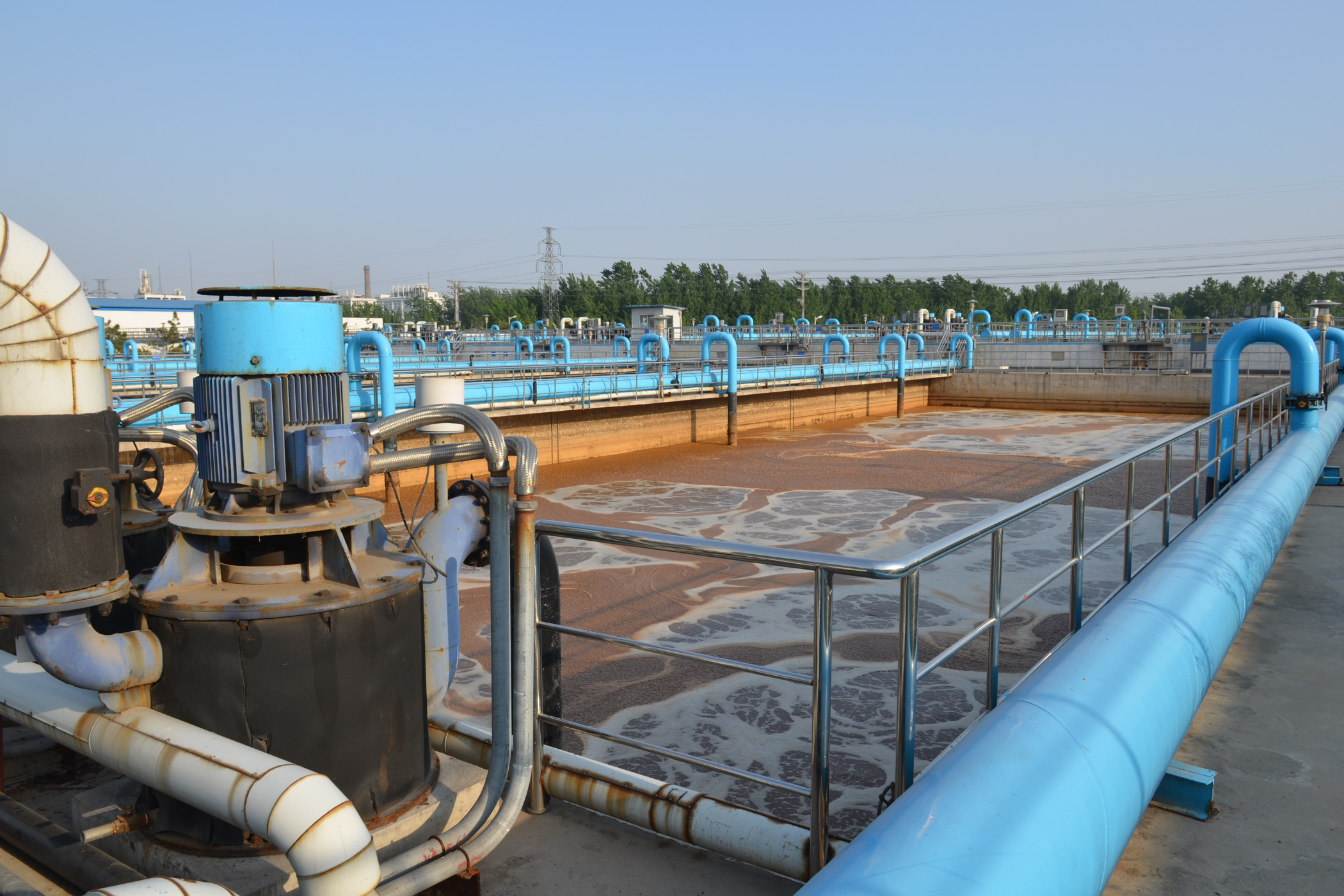The Changing Landscape of PFAS, Part 1: Regulatory Change and Its Impact on Ports, Shipyards, and Utility and Industrial Sites
Per- and polyfluoroalkyl substances (PFAS) are a complex family of synthetic chemicals that have been used extensively in industrial processes and consumer products since the 1940s. Because increased scrutiny of PFAS has generated potential outcomes relevant to the industries and markets we serve, Anchor QEA’s experts will share their thoughts on PFAS-related topics in a periodic series of articles in 2023.
Regulatory activity surrounding PFAS has been increasing for the better part of a decade. U.S. Environmental Protection Agency (EPA) Administrator Michael Regan committed to an aggressive schedule in the agency’s 2021–2024 Strategic Roadmap, and in June 2022 the EPA released new health advisories for perfluorooctanoic acid (PFOA) and perfluorooctanesulfonic acid (PFOS) in drinking water. Although not enforceable regulations, these new guidance levels are significantly lower than past levels and, in some cases, appear to be lower than ambient levels, potentially setting the stage for unattainable cleanup targets in the future.
What a “Hazardous Substance” (CERCLA) Designation for PFAS Could Mean
The EPA is expected to release draft Maximum Contaminant Levels in 2023 and—as announced in the Federal Register—has proposed to designate PFOA and PFOS as hazardous substances under the Comprehensive Environmental Response, Compensation, and Liability Act (CERCLA), also known as Superfund.
A hazardous designation under CERCLA would require the immediate reporting of PFOA and PFOS releases of more than one pound. The EPA may also request that responsible parties test for PFAS at their sites, which could lead to the designation of new Superfund sites and the reopening of closed sites. If PFAS were found during this monitoring, the results would need to be assessed carefully and a holistic approach would need to be taken to determine the source of the PFAS, their potential risks, and the possible remedial options. In these situations, conversations with regulatory agencies about possible risks and reasonable cleanup levels will be critical.
What Types of Sites May Be Most Affected by Changing PFAS Regulations?
With regulatory changes likely, it is important to understand the likelihood that PFAS were used on a site in the past. Ports, shipyards, and utility and industrial sites that have a history of the following activities or uses may also have a high likelihood of historical use:
 Firefighting. Other than manufacturing, the most common use of PFAS at many sites has been to fight fires. If a site has historically had a risk of fuel fires (like gasoline or oil fires), PFAS-containing firefighting foams may have been stored—and potentially used—resulting in potential environmental impacts. For sites like oil refineries or other large operations, including airports, shipyards, and ports, that have their own firefighting personnel, training exercises in which foam was sprayed could also have caused environmental impacts.
Firefighting. Other than manufacturing, the most common use of PFAS at many sites has been to fight fires. If a site has historically had a risk of fuel fires (like gasoline or oil fires), PFAS-containing firefighting foams may have been stored—and potentially used—resulting in potential environmental impacts. For sites like oil refineries or other large operations, including airports, shipyards, and ports, that have their own firefighting personnel, training exercises in which foam was sprayed could also have caused environmental impacts.
Manufacturing and landfill. The manufacture of Teflon and other fluorinated polymers and industrial processes such as metal plating, paper coating, and water- and stain-resistance treatments of upholstery, leather, and carpets may also have used PFAS. Private and public landfills that accepted waste since the 1950s may have PFAS in their fill.
Biosolids and reclaimed water use. PFAS can also be found in wastewater treatment plant discharges and in biosolids used as fertilizer. Wastewater discharges reclaimed from manufacturing processes (even noncontact wastewater) may be a source of PFAS on a site.
Assessing Whether to Monitor for PFAS
In April 2022, the EPA released guidance on National Pollution Discharge Elimination System (NPDES) monitoring for PFAS. The guidance says that if “PFAS is expected or likely to be present in a discharge,” the NPDES permit will include PFAS monitoring and, in some cases, limits on PFAS in a discharge or a requirement to use best management practices to control PFAS in the discharge. This guidance applies to NPDES permits for direct and stormwater discharges that may contain PFAS due to firefighting foam use.
Although federal regulations will likely take time due to the EPA’s programmatic approach to regulation, PFAS screening levels and other criteria (such as the draft levels EPA released in spring 2022 to protect ecological health in surface water) will continue to be set. In the absence of EPA levels, some states have begun to set regulations and criteria for certain PFAS. These actions may drive the need for monitoring, even for sites where drinking water is not the focus. Whether proactive monitoring of PFAS (i.e., without regulatory drivers) is undertaken at a site will depend on the likelihood that PFAS are present, the state in which the site is located, the program the site is operated under, the possible risks at the site, and the site operator’s relationship with regulators.
If PFAS were likely used at a site—either directly through firefighting foams, manufacturing, etc. or indirectly through biosolids or reclaimed water use—proactive monitoring may be beneficial, especially if there is the potential for PFAS to migrate off site. This is especially true if the site operator is about to select a remedy for other chemical contamination and only an incremental adjustment is needed to address PFAS—or if the remediation alternatives under consideration may exacerbate PFAS levels or migration. In such cases, an evaluation of the impacts of PFAS use, the potential PFAS pathways, and the benefits of monitoring and proactive action is recommended.
Options for Remediation and Disposal
That our understanding of PFAS behavior in the environment continues to evolve creates challenges for predicting potential outcomes from different remedial alternatives. Anchor QEA can help clients understand not only the best approach to address risk but also whether proactive action is prudent.
If PFAS are found at a site, it is important to assess whether their levels present enough risk to require remediation. If remediation is required, the first step is to determine the source(s) and migration of the chemicals. Then, available remedial options must be weighed carefully, including whether source control with natural recovery of the system is possible and whether in situ techniques are viable.
For sites with plumes migrating from disposal ponds and waste pits that are already undergoing remediation for other chemicals, addressing PFAS may not be a complete departure from what is already occurring. PFAS are a hot topic, and many vendors are marketing in situ approaches—some even claim PFAS “destruction”—but these approaches must be carefully reviewed to assess their efficacy in the natural environment and whether they are appropriate for a particular site.
Once the EPA designates PFOS and PFOA as hazardous substances, those chemicals will need special handling for disposal—just like all other hazardous chemicals. Many municipal and industrial waste landfills already hesitate to accept waste that may contain elevated levels of PFAS. Some states require PFAS‑containing waste to be handled as hazardous. Incineration at very high temperatures has historically been used for PFAS-containing waste, but some states are banning the incineration of such waste until more is known about how to prevent PFAS from being released into the air through incinerator stacks. These issues create a cost challenge for those having to implement cleanups that require PFAS-containing waste disposal.
Anchor QEA’s “Science-First” Approach
Anchor QEA’s staff members are researching and applying their technical understanding of emerging chemicals to PFAS site characterization, conceptual site model development, and remedial option assessments at sites throughout the United States. Read more about this work in our four-part series on “Addressing PFAS in the Environment”:


